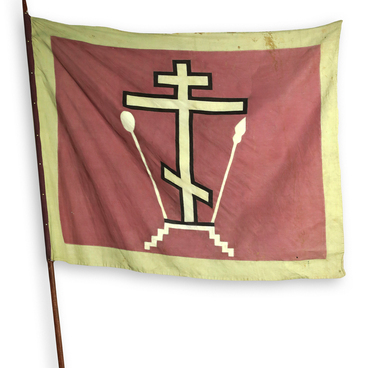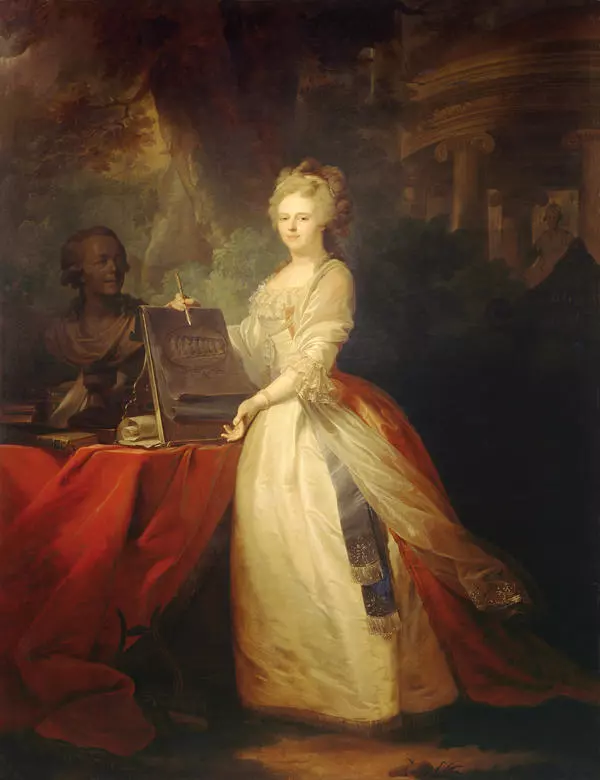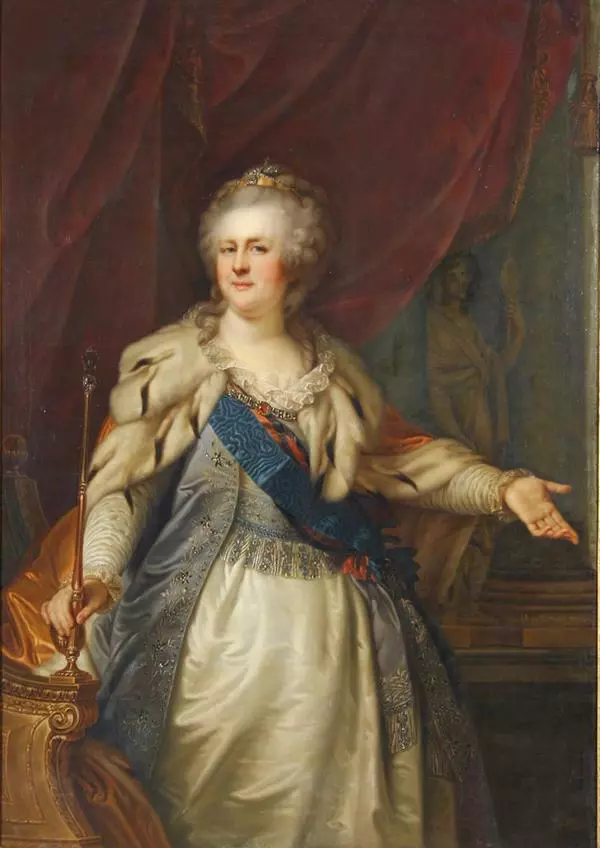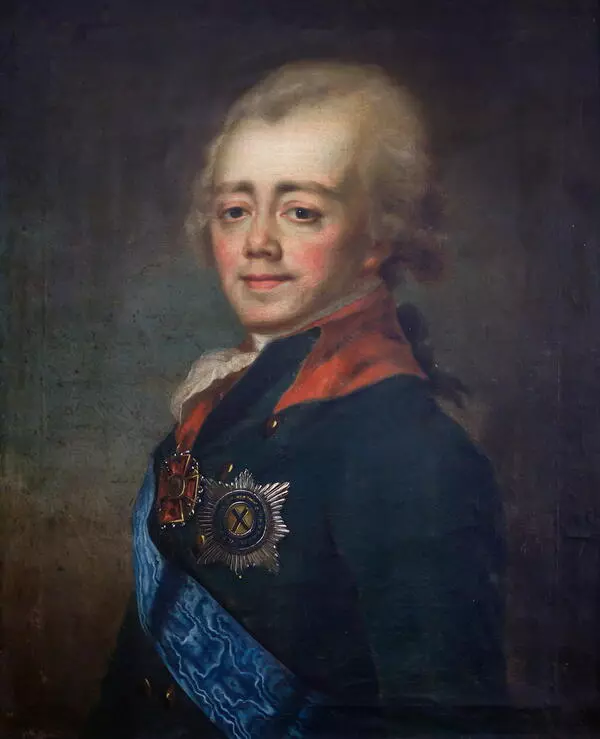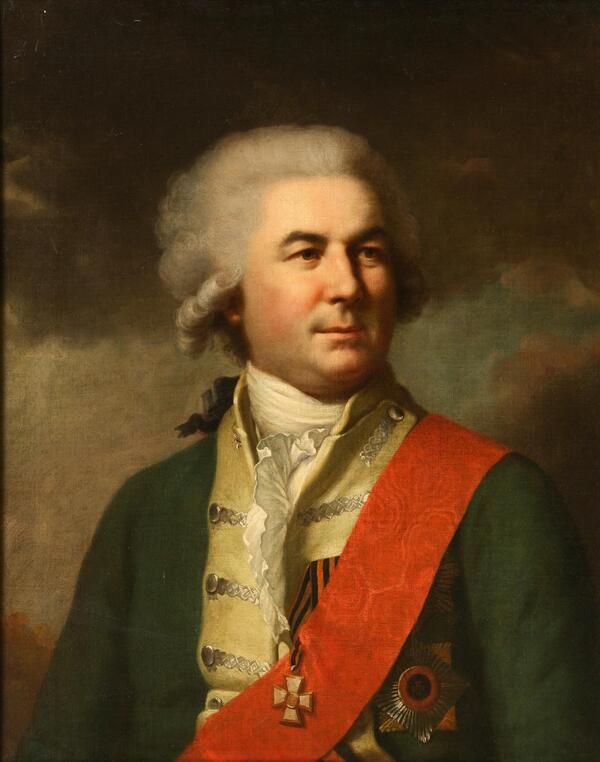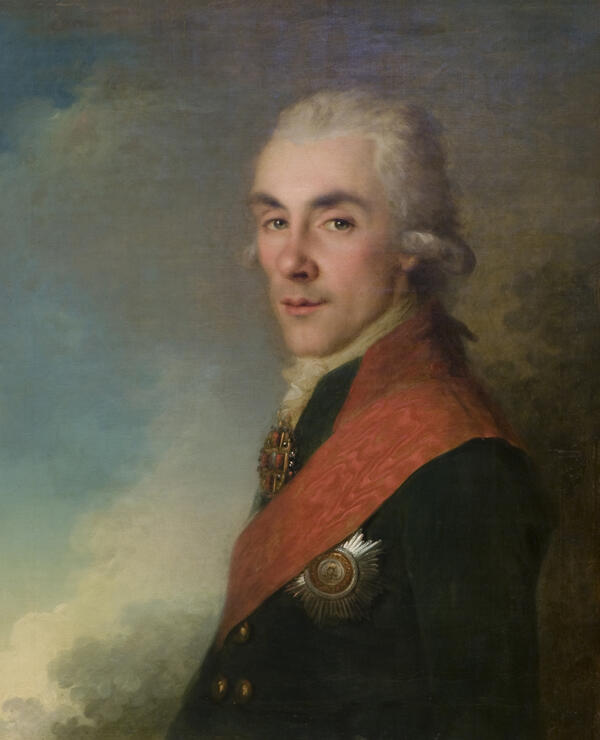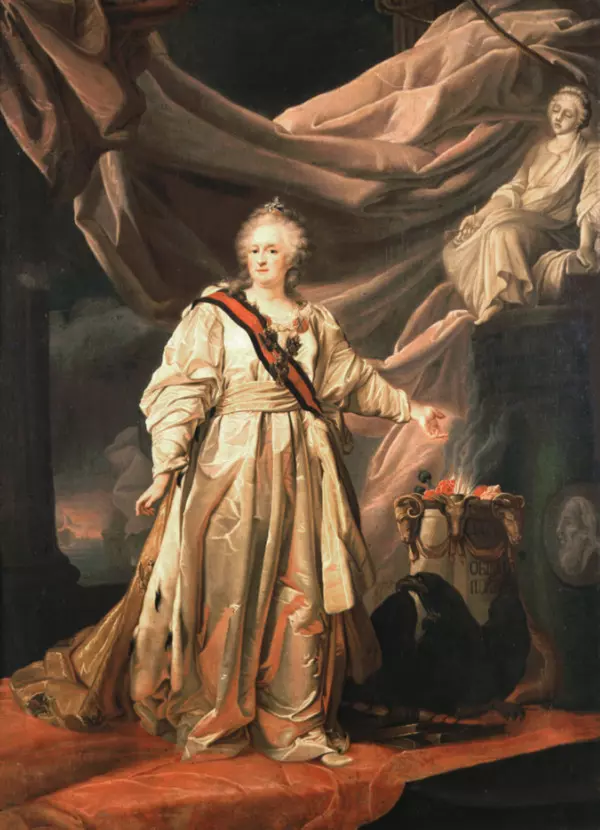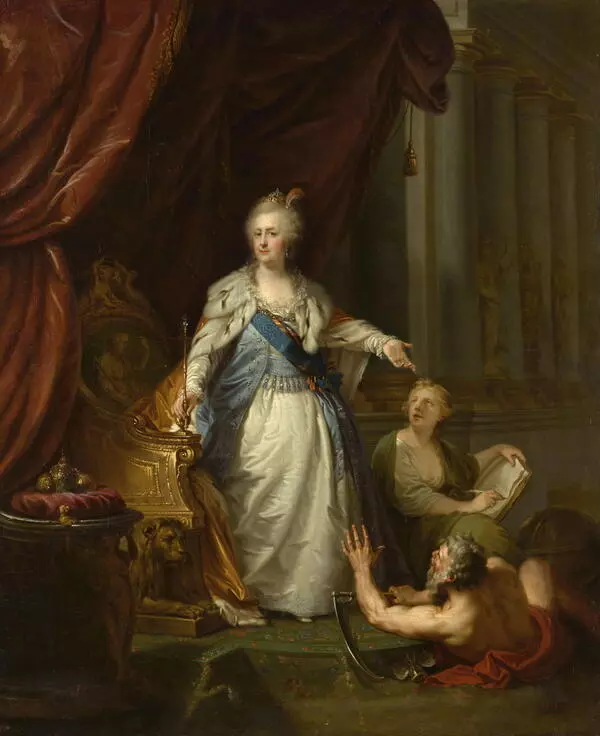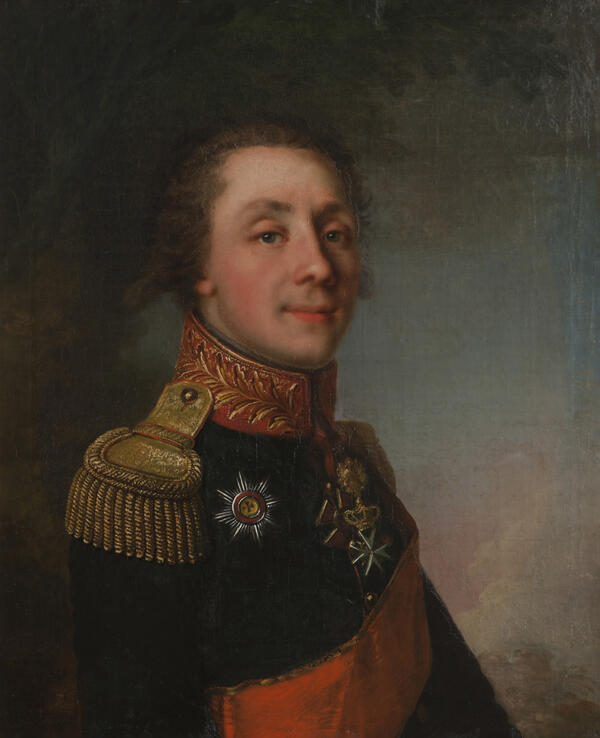In the second half of the 18th century, the portrait was the most popular genre in Russian society, especially at the Russian court. This is why many European artists strove to come to St. Petersburg.
One of the most famous artists of that time was the Austrian painter Johann Baptist von Lampi the Elder. He created this ceremonial portrait of Catherine II in 1793.
Johann Baptist von Lampi was born into the family of the painter Matthias Lampi who gave him his first art lessons. The young artist painted plafonds, church altarpieces, and historical paintings. At the age of 25, he already became a member of the Academy of Fine Arts in Verona. He lived and worked in Vienna and Warsaw.
In January 1792, Johann Baptist von Lampi was invited by Catherine II to the Russian capital where he worked for five years. During this time, he created numerous paintings, including portraits of the empress, courtiers, and noblemen. According to the memories of contemporaries, Catherine II did not enjoy sitting for portraits but made an exception for Lampi, as he was considered a master of ceremonial portraits.
The State Hermitage Museum currently houses a large ceremonial portrait of Catherine II with allegorical figures of Fortitude and Truth, created by Lampi in 1793. The portrait measures 290 by 208 centimeters.
A fragmentary copy of this painting is kept in the State Russian Museum. It is a small chest-length portrait of Catherine II, measuring 68.5 by 54.5 centimeters. The portrait was transferred to the Russian Museum from the Naval Museum of Leningrad in 1932. This is an exact copy of a fragment of the portrait from the Hermitage Museum. The positioning and turn of the figure, as well as the clothing and accessories, are identical.
Johann Baptist von Lampi depicted the empress wearing a golden ermine mantle, fastened with a diamond clasp, and a light-colored silk dress with cornflower embroidery and a lace collar. Her hairstyle is adorned with a small crown and tiara. Her clothing is decorated with ribbons from three orders — a blue ribbon of St. Andrew, a black and orange ribbon of St. George, and a red and black ribbon of St. Vladimir.

